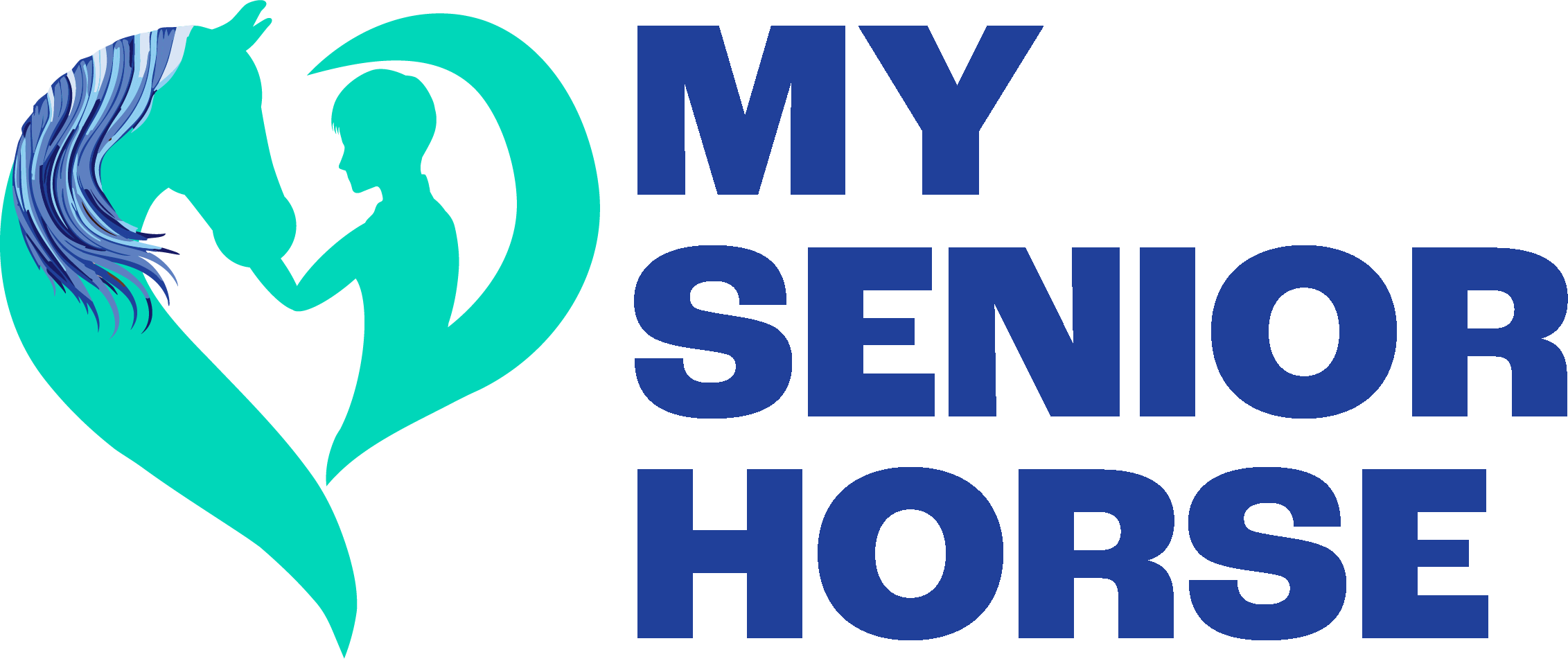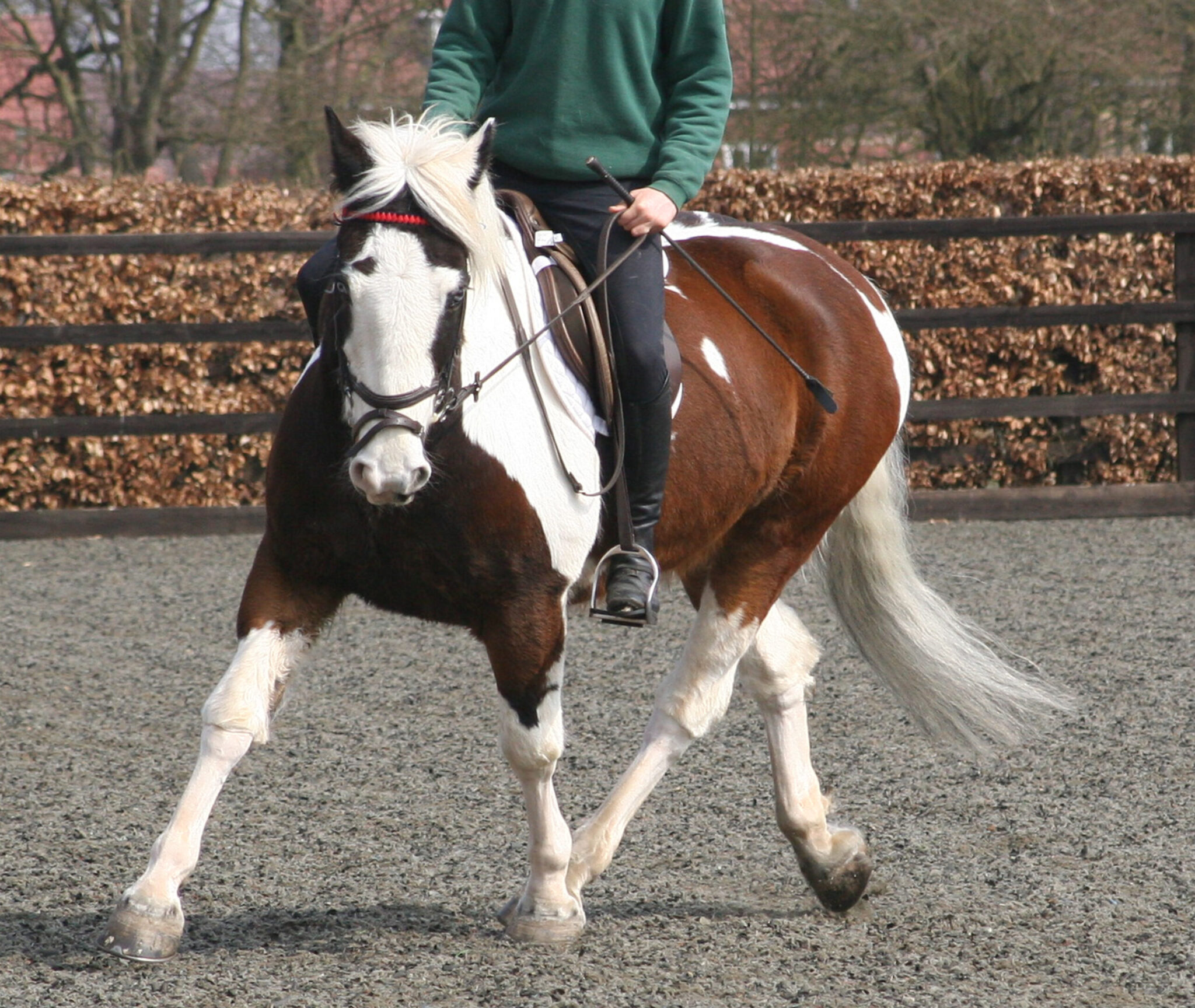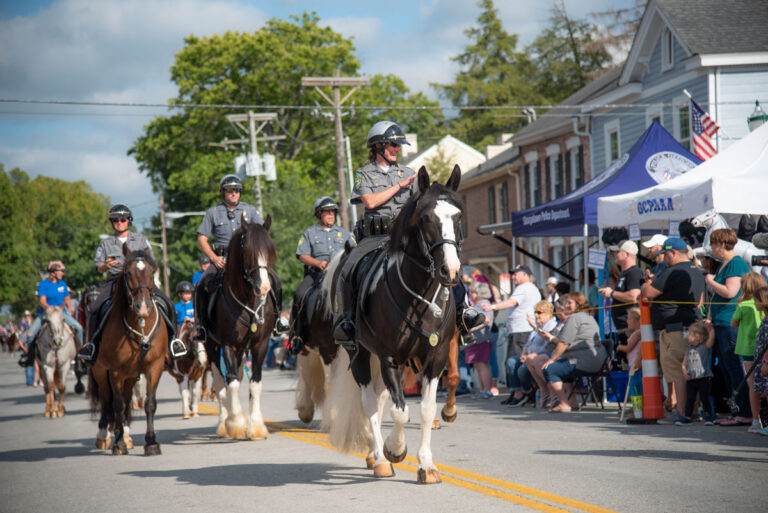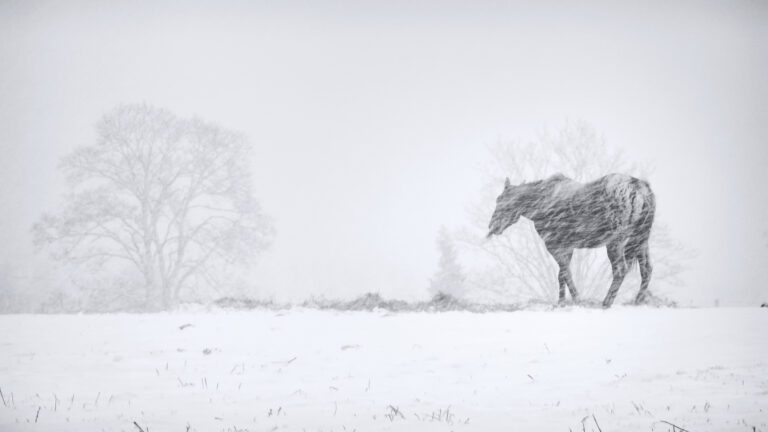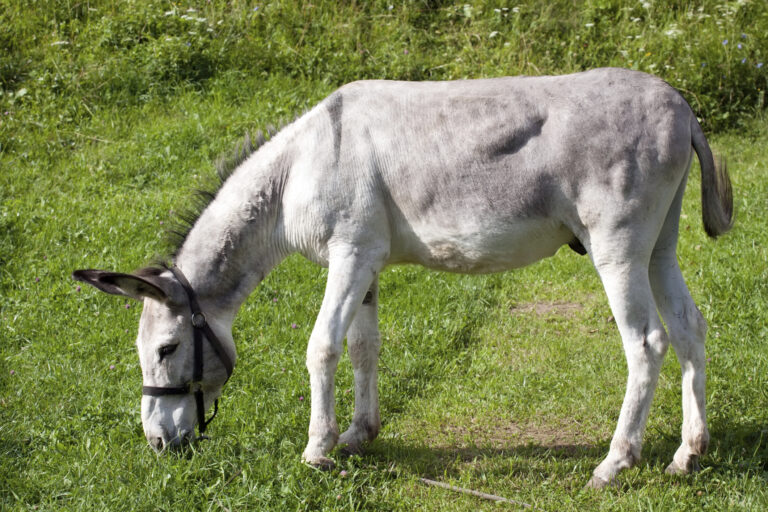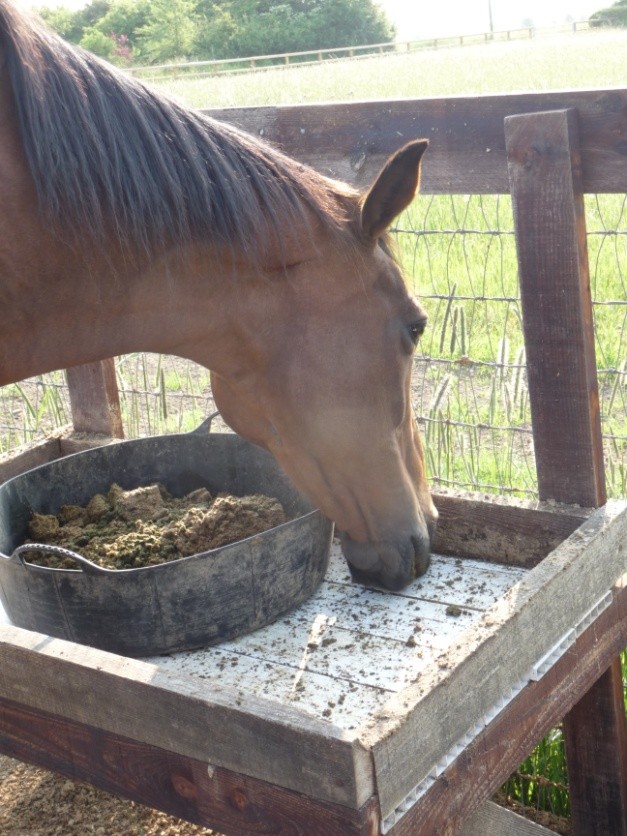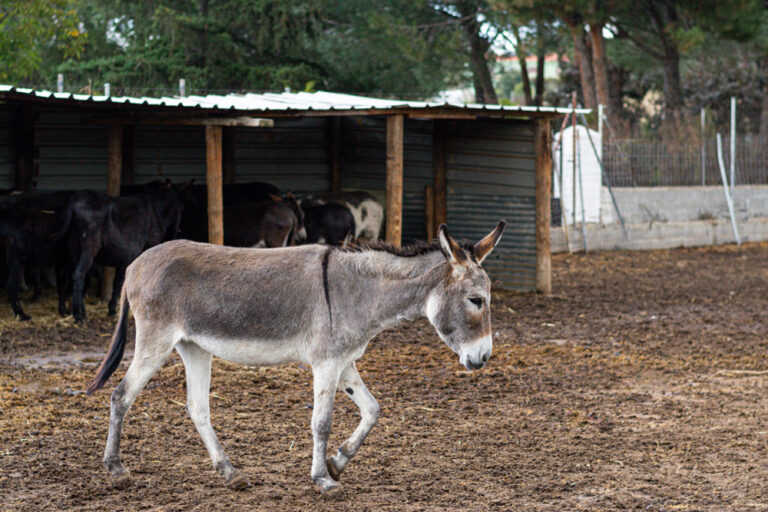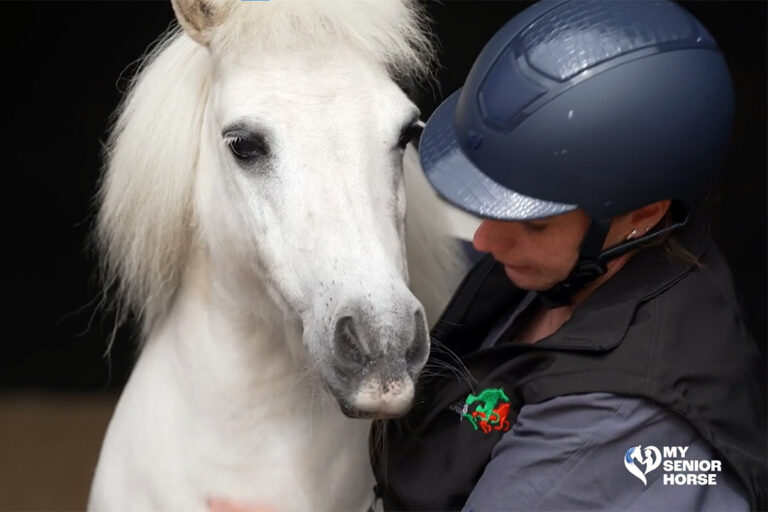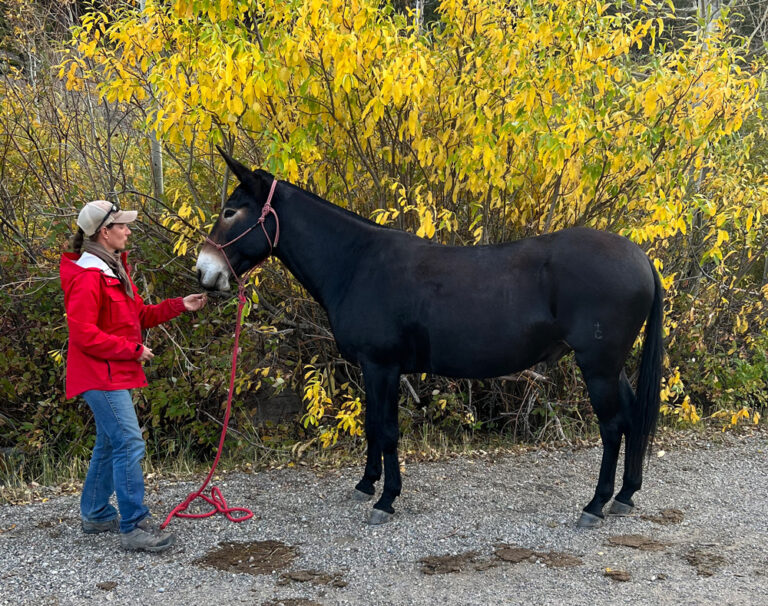A lame horse—with either forelimb or hindlimb issues—has a reduced range of motion of the thoracolumbosacral region (‘stiffness of the back’). This will result in increased impact being generated through a rider’s back, causing a jarring sensation. Although there is greatest ‘swing’ of a horse’s back in walk, the jolting sensation will be more obvious in faster paces, especially in sitting trot and canter. That jolting might induce back pain in the rider.
Hindlimb Lameness
Hindlimb lameness in a horse often results in asymmetrical up and down movement of the horse’s pelvis. This is is also translated into the horse’s lumbar region (behind the saddle).
A rider might feel this asymmetry of movement, especially in trot.
A horse with hindlimb lameness may feel different in rising trot between when a rider sits on the left diagonal (when the left front and right hind are bearing weight) and the right diagonal (when the right front and left hind limbs are bearing weight). The horse is usually more uncomfortable when the rider is sitting on the diagonal of the lame(r) hindlimb.
So, a horse with left hindlimb lameness will feel more uncomfortable when the rider sits on the right diagonal. That’s when the right front and left hind limbs are bearing weight. The horse might throw the rider onto the opposite diagonal.
If there is a reduction the range of motion of the thoracolumbosacral region, a horse might fail to flex (arch) the back in the lumbosacral region. This might feel to a rider that a horse is ‘dropping’ behind the saddle.
Forelimb Lameness
A horse with forelimb lameness lowers the head and neck when the foot of the non-lame limb hits the ground. This might feel as though the horse is ‘dropping a shoulder.’ However, this is not the lame side! It is the non-lame (sound) limb.
Lameness is not necessarily consistent, so a horse might only feel ‘unlevel’ intermittently. This will happen especially on tight turns and circles, particularly on firm ground. If you are hacking a horse with forelimb lameness, it might prefer to trot on a grass verge (shoulder of the road) rather than on the road itself. The lame horse might try to avoid the camber (sideways slope) of a road.
Turning and Hills on Lame Horses
As a result of either forelimb lameness or hindlimb lameness, a horse might feel more difficult to turn in one direction. For example, a horse with left forelimb lameness might turn more easily to the right than to the left.
This could feel to a rider that the horse is ‘stiff in the neck’. A horse with primary neck pain might feel difficult to turn in one direction, but more commonly such asymmetry is the result of lameness.
A horse can be lame on both forelimbs or both hindlimbs. Rather than asymmetry of movement, a rider might feel that the horse takes short steps and is unwilling to lengthen the step length.
With lameness affecting both hindlimbs, the horse might feel as though it lacks power. This is especially true in the canter. And the horse might be ‘on the forehand’.
With forelimb lameness, a horse might be reluctant to go down steep hills. It might go crookedly.
With hindlimb lameness, a horse can feel as though it lacks power going up a hill.
Rein Tension
With either forelimb lameness or hindlimb lameness, a horse might take an asymmetrical rein tension. This means a rider feels that the horse is ‘heavier’ in one hand compared with the other.
Some lame horses avoid ‘taking a contact’ so that there is a lack of rein tension. Others ‘lean on the bit’ so that there is excessive rein tension.
Leads and Lameness
Lameness might result in difficulty establishing and maintaining a correct canter lead or a horse becoming disunited (different lead in front versus behind). Alteration in movement of a horse’s back might result in a rotational movement of a rider’s pelvis in the canter.
Saddle Slip
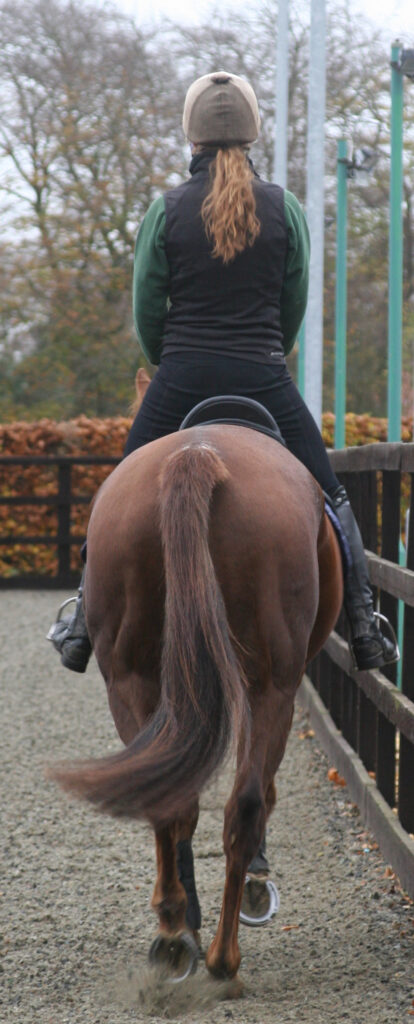
with hindlimb lameness. The saddle usually slips to
the side of the lame(r) hindlimb. Saddle slip often
induces rider crookedness. Note that the rider’s left
shoulder is lower than the right, although when she
rides a non-lame horses her shoulders are symmetrical.
Courtesy Dr. Sue Dyson
In association with hindlimb lameness, movement of the horse might result in the saddle slipping to one side. That can induce rider crookedness, with the rider moving with the saddle. A rider might try to stabilise the position of the saddle. That can induce knee pain for the rider on the side opposite to the one to which the saddle slips.
Less commonly, saddle slip is induced by a crooked rider.
If you have doubts about your horse, please consult an equine veterinarian or a qualified manual therapist (a physiotherapist, chiropractor, or osteopath).
Remember, a horse is a prey animal. Therefore, it will try to conceal signs of pain. This means you as the owner and/or rider must be observant.
Further Reading
- How a Comfortable Horse Should Appear During Ridden Exercise Part 1. MySenorHorse.com
- How a Comfortable Horse Should Feel During Ridden Exercise Part 2. MySenorHorse.com
- Learn more about Dr. Sue Dyson. MySenorHorse.com
-
Sue Dyson, MA, VetMB, PhD, initially worked in the United States after graduating veterinary school, then returned to England and ran a clinical referral service for 37 years. Dyson is active in clinical research and has published more than 450 scientific papers related to lameness, ridden horse behaviour, and diagnostic imaging. Dyson also is a rider and has produced horses to top national level in eventing and show jumping. Dyson is a British Horse Society Instructor (Teaching and Stable Management).View all posts
